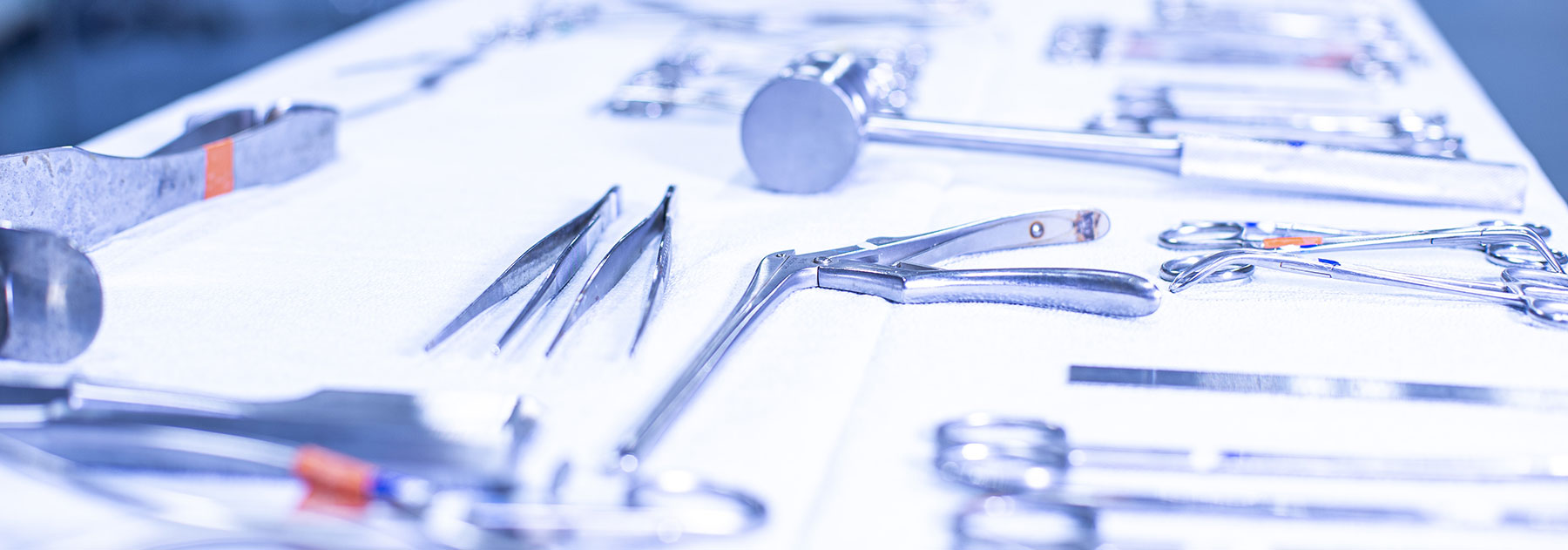How Complicated Can an FDA Clearance Get
How Complicated Can an FDA Clearance Get

Part II of a two-part series on the FDA approval process for medical device makers.
Read Part I here: The Four Routes to FDA Approval, and How to Choose
If you happen to be a new medical device manufacturer, you’ll want to get an idea of what to expect when you apply for approval from the Food and Drug Administration (FDA). Also, how long the process might take.
Maybe you have a relatively simple device and you think the clearance should be a cinch. That may be so, but if your Indications for Use gets phrased a certain way, it can become a high-risk Class III device that requires a full-blown randomized clinical trial. Whereas, if you alter your wording just slightly, the device could be a more straightforward 510(k) type that wouldn't require a clinical trial.
How do you avoid such difficulties? There are databases and resources at the FDA that companies can use to search for other approved devices that have similar indications for use. There’s also a database to find cleared devices with other types of indications for use. Both types of databases will need to be searched. (Read Part 1 for the best place to start.)
Novel and New vs. “Me Too”
There’s a two-part scenario for getting a Class III high-risk medical device approved.
The first scenario involves something novel and new, which then involves conducting a clinical trial—and that's where things can get tough. Because you have to find doctors that will participate, as well as patients. You also have to collect the data a certain way and have an IRB (Institutional Review Board) to help conduct the trial.
The other scenario involves those companies who just want to make a “me-too” device. They have to find a way to make a copycat that makes the regulatory process as simple as possible, without getting sued for patent infringement. As FDA policy analyst Zane Wyatt tells it, “By far, the majority of devices the FDA reviews are ‘me-too’ devices that are 510(k) Class II devices. Some are straight-up identical to each other.”
But the FDA is not responsible for patent infringement or IP. Zane explains, “If the FDA has no concerns with the ‘me-too’ device, then it will get approved and it'll be up to those two companies to figure out whether it's worth battling each other or whether they're just going to exist in the same space.”
How Long Can FDA Approvals Take?
For a 510(k) copycat-type device, it's usually around five to seven years from finished prototyping of the device to clearance. However, a Class III high-risk premarket approval (PMA) device could take up to 10 years.
“The big time-suck isn't actually the review process at the FDA,” explains Zane. “It's all of the non-clinical and clinical performance testing that takes a while.”
The process at the FDA for a 510(k) device can be as little as six to nine months. If it’s a straightforward application and the review team has prior experience, and the device is perhaps already on the market and just making an iterative modification, then the process can be simple and easy.
About Axis
Axis Research & Technologies provides simulated medical environments for use in the training of surgical procedures and the development of advanced medical devices. The company works with medical device companies, institutions, and medical professionals. Its medical skills training platform uses Mixed Medical Reality, Augmented Reality and Artificial Intelligence. To learn more about Axis, visit axisrt.com.